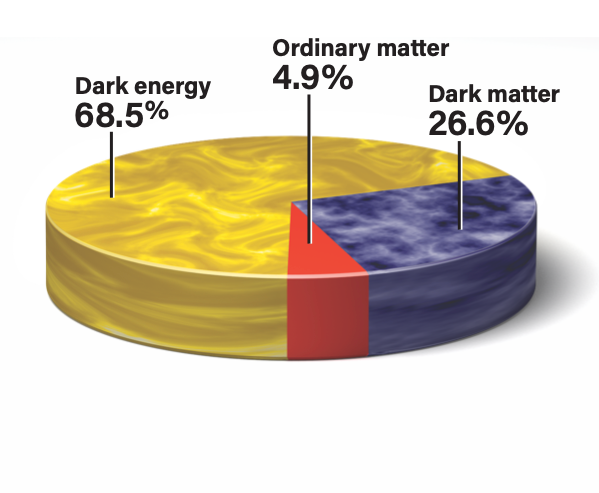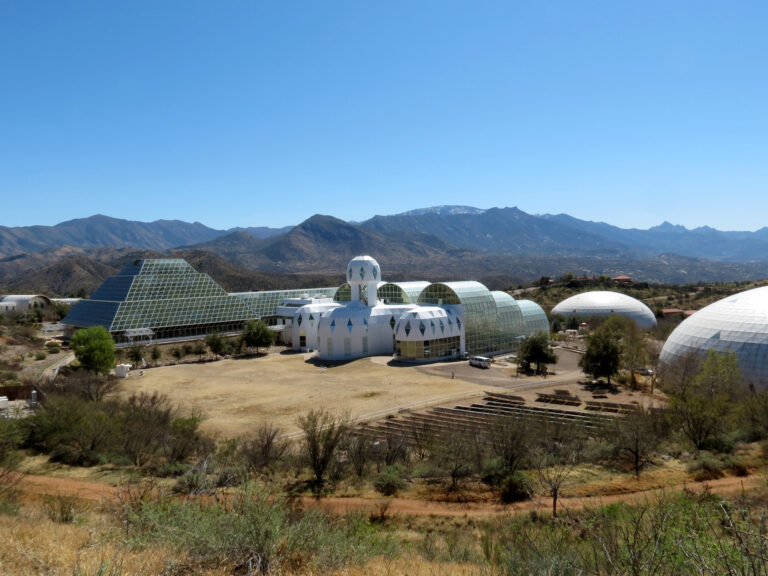Key Takeaways:
The Contreras Fire broke out in the Baboquivari Mountains in southern Arizona on June 11 and blazed its way to the Kitt Peak National Observatory (KPNO) by Friday, June 17. The wildfire, caused by a lightning strike, destroyed a dormitory and other non-scientific buildings, but it did not reach any of the few dozen observatories that speckle Kitt Peak. However, it remains unknown how much damage observational equipment suffered due to smoke, airborne ash, and heat from the nearby fire.
According to a report from National Optical-Infrared Astronomy Research Laboratory (NOIRLab), who manages the observatory, the flames began to creep their way toward the property starting early last week, with employees leaving the area Wednesday (June 15). By Thursday (June 16), it was determined that brush and trees be cleared from the area’s southern ridge, and propane tanks and critical equipment were evacuated. On Friday (June 17), firefighters continued battling the fire, using a helicopter to deploy flame retardant nearby. Power to the facility was shut-off and road access closed.
On Saturday (June 18), the blaze died down enough that Michelle Edwards, associate director of KPNO, and Joe Davis, safety manager, accessed the property and found that telescopes and domes were still standing. Unfortunately, some of the facilities were still inaccessible at the time, including the Nicholas U. Mayall 4-meter Telescope. Many remained in active burn zones until Sunday (June 19), and fires at the McMath-Pierce Solar Telescope and the Windows on the Universe Center continue to require management.
KPNO, a sprawling mountaintop campus with more than two dozen active telescopes, will be out of operation and without power for several weeks, according to the release. Although the roads to the property are not completely destroyed, safely reaching all KPNO’s facilities to thoroughly assess the extent of the damage could be a long process.
The Contreras Fire continues to burn throughout the region, now affecting more than 18,000 acres, according to the the latest incident report. Windy, dry conditions along with greater than 100-degree Fahrenheit (38 degree Celsius) temperatures fuel the flames.
As of Monday (June 20), the National Weather Service forecast calls for chances of rain at Kitt Peak beginning Tuesday (June 21) and lasting throughout the week. According to the Eastern Area Incident Management Team in the release, “…while we are not out of danger, the situation is improving.”











